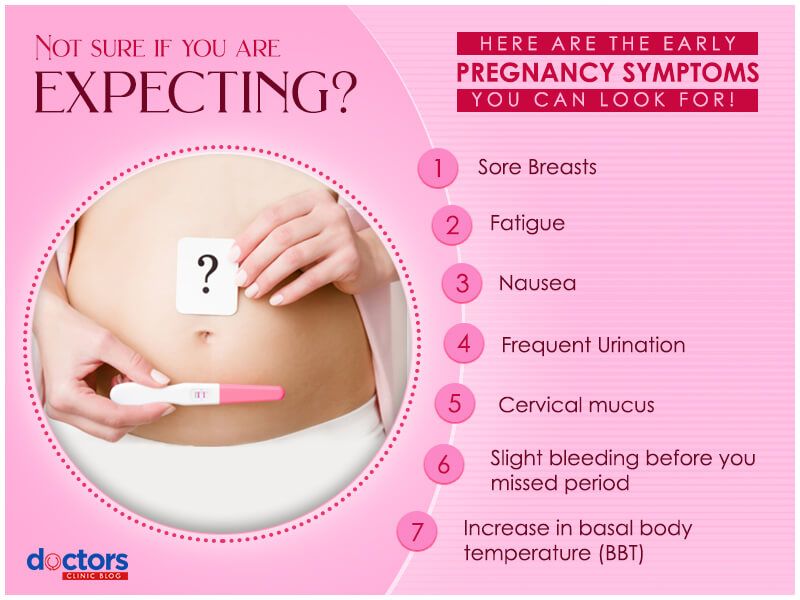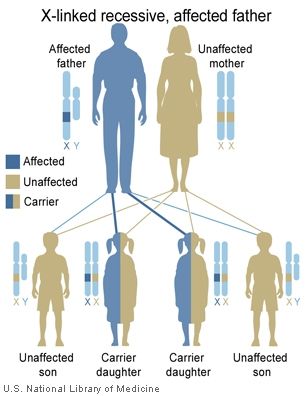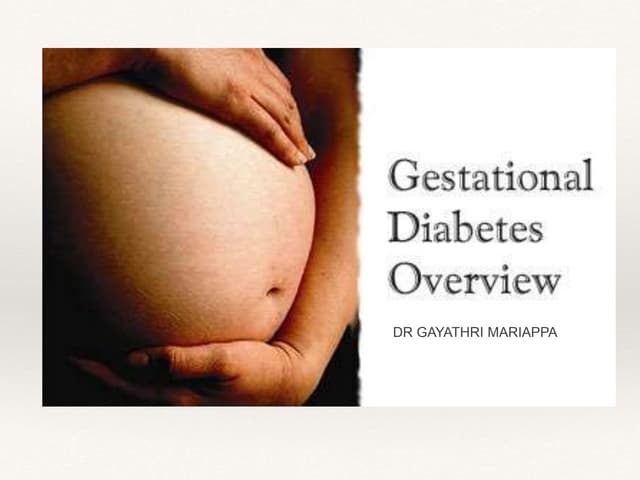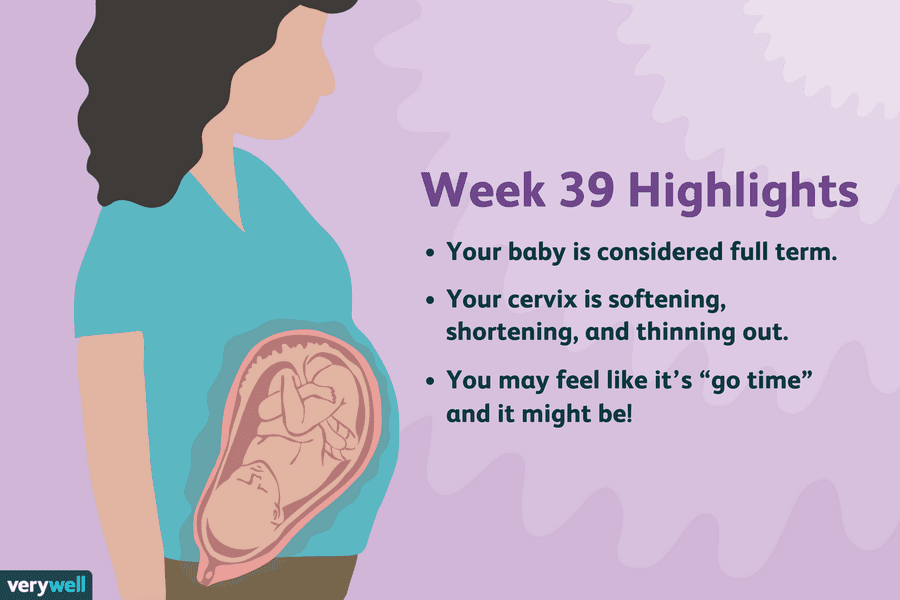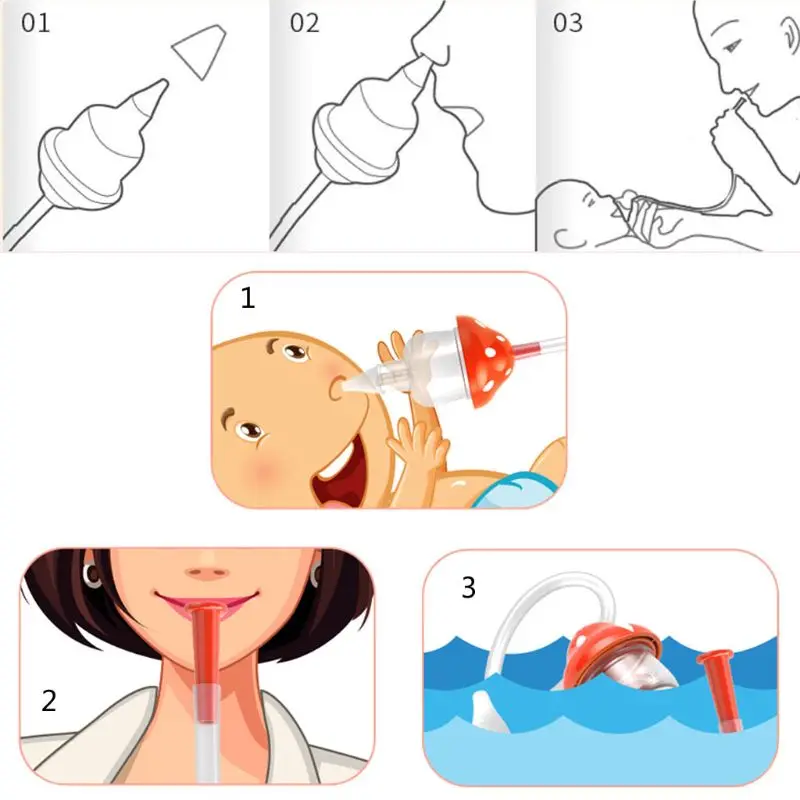Skin color changes during pregnancy
Changes to your skin during pregnancy
beginning of content3-minute read
Listen
As your pregnancy develops, you may find that you experience changes to your skin and hair. Some women can develop dark patches on their face and hormonal changes can make your skin a little darker.
You may also develop stretch marks on your body, particularly around your stomach where your skin is stretching to accommodate your growing baby.
Chloasma - dark patches on the face
Some pregnant women develop dark irregular patches on their face most commonly on the upper cheek, nose, lips, and forehead. This is called 'chloasma'. It is also sometimes known as 'melasma' or the 'mask of pregnancy'.
Chloasma is thought to be due to stimulation of pigment-producing cells by female sex hormones so that they produce more melanin pigments (dark coloured pigments) when the skin is exposed to sun. Some women develop these patches when they take oral contraceptives (the pill).
Women with a light brown skin type who are living in regions with intense sun exposure are more likely to develop these patches. The patches usually fade over a period of several months after giving birth, though they may last for several years for some women.
Careful protection of the skin using broad spectrum sunscreens every day during pregnancy and while taking the pill may make it less likely that chloasma will develop. It is necessary to continue to use sunscreen after pregnancy as sun exposure may cause the patches to reappear. Some creams that need to be prescribed by doctors may help to fade the patches.
Skin and hair changes
Hormonal changes taking place in pregnancy will make your nipples and the area around them go darker. Your skin colour may also darken a little, either in patches or all over. Birthmarks, moles and freckles may also darken. Some women develop a dark line down the middle of their stomach, called 'linea nigra'. These changes will gradually fade after the baby is born, although your nipples may remain a little darker.
These changes will gradually fade after the baby is born, although your nipples may remain a little darker.
If you sunbathe while you are pregnant, you may burn more easily. Protect your skin with a good high-factor sunscreen and don't stay in the sun for a long time.
Hair growth can also increase in pregnancy, and your hair may be greasier. After the baby is born, it may seem as if you are losing a lot of hair but you are simply losing the extra hair.
Stretch marks
Many women develop stretch marks during their pregnancy, usually in the last 3 months.
They usually appear on your stomach or sometimes on your upper thighs or breasts. Stretch marks are not harmful and over time, your skin will shrink and the stretch marks will fade into white-coloured scars.
Find out more on stretch marks.
Sources:
Royal Women's Hospital Victoria (Common concerns in early pregnancy - itching and skin), The Australasian College of Dermatologists (Striae), The Australasian College of Dermatologists (Melasma)Learn more here about the development and quality assurance of healthdirect content.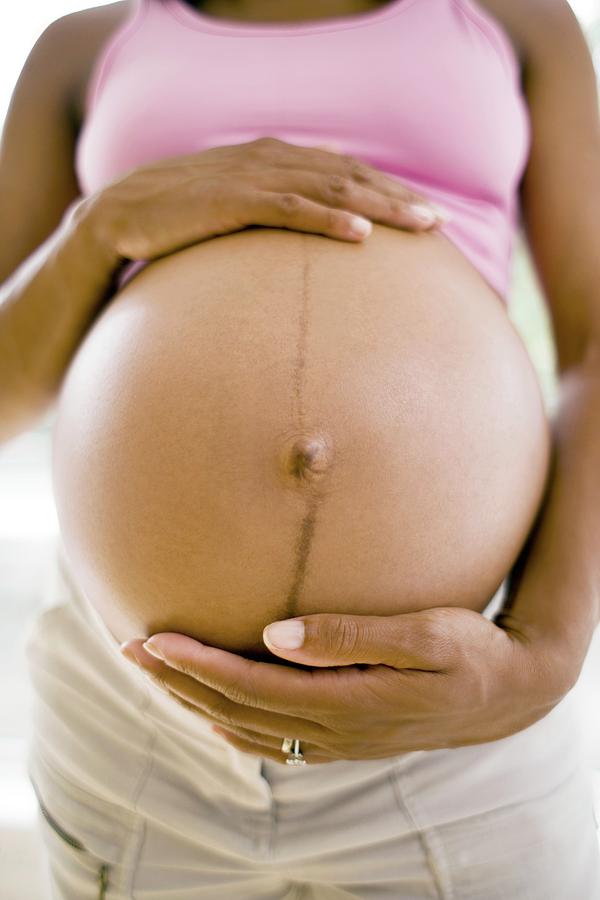
Last reviewed: January 2020
Back To Top
Related pages
- Common discomforts during pregnancy
- Stretch marks
Healthdirect Australia acknowledges the Traditional Owners of Country throughout Australia and their continuing connection to land, sea and community. We pay our respects to the Traditional Owners and to Elders both past and present.
This information is for your general information and use only and is not intended to be used as medical advice and should not be used to diagnose, treat, cure or prevent any medical condition, nor should it be used for therapeutic purposes.
The information is not a substitute for independent professional advice and should not be used as an alternative to professional health care. If you have a particular medical problem, please consult a healthcare professional.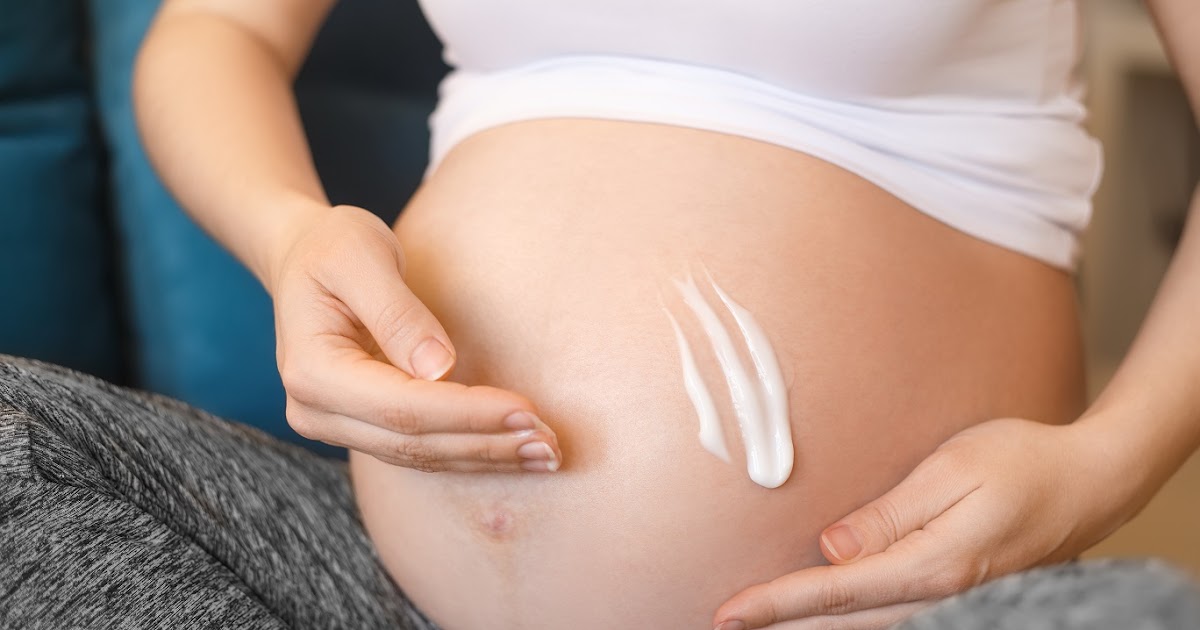
Except as permitted under the Copyright Act 1968, this publication or any part of it may not be reproduced, altered, adapted, stored and/or distributed in any form or by any means without the prior written permission of Healthdirect Australia.
Support this browser is being discontinued for Pregnancy, Birth and Baby
Support for this browser is being discontinued for this site
- Internet Explorer 11 and lower
We currently support Microsoft Edge, Chrome, Firefox and Safari. For more information, please visit the links below:
- Chrome by Google
- Firefox by Mozilla
- Microsoft Edge
- Safari by Apple
You are welcome to continue browsing this site with this browser. Some features, tools or interaction may not work correctly.
Skin darkening during pregnancy (melasma or chloasma)
It's common to develop blotchy spots of darker skin when you're pregnant, a condition called melasma or chloasma. Women with darker complexions are more likely to have melasma than women with lighter skin. Changes in skin pigmentation due to melasma usually disappear on their own after delivery.
Women with darker complexions are more likely to have melasma than women with lighter skin. Changes in skin pigmentation due to melasma usually disappear on their own after delivery.
Is it normal to have melasma during pregnancy?
Yes, it's common to develop blotchy spots of darker skin when you're pregnant, a condition called melasma or chloasma. Melasma is also sometimes referred to as the mask of pregnancy because the splotches typically show up around your upper lip, nose, cheekbones, and forehead in the shape of a mask.
You may also develop dark patches on your cheeks, along your jawline, or on your forearms and other parts of your body that are exposed to the sun. What's more, skin that's already more pigmented – such as your nipples, freckles, scars, and the skin of your genitals – may become even darker during pregnancy. This also tends to happen in areas where friction is common, such as your underarms and inner thighs.
What causes melasma?
Melasma may be triggered by hormonal changes during pregnancy, which stimulate a temporary increase in the amount of melanin your body produces. Melanin is the natural substance that gives color to hair, skin, and eyes.
Melanin is the natural substance that gives color to hair, skin, and eyes.
Sun exposure plays a role too. Women with darker complexions are more likely to have melasma than women with lighter skin.
You're also more likely to develop melasma if it runs in your family.
The same increased production of melanin that causes the facial splotches of melasma also causes the linea nigra, or dark line that you may notice running down your belly.
The linea nigra will probably fade back to its pre-pregnancy color several months after you deliver your baby, but may not completely disappear.
How can I prevent melasma from getting worse during pregnancy?
All changes in skin pigmentation due to melasma usually disappear on their own after delivery, but you can do a few things to safely minimize darkened spots on your skin during pregnancy:
- Use sun protection. This is crucial because exposure to the sun's ultraviolet (UV) rays triggers melasma and intensifies pigment changes.
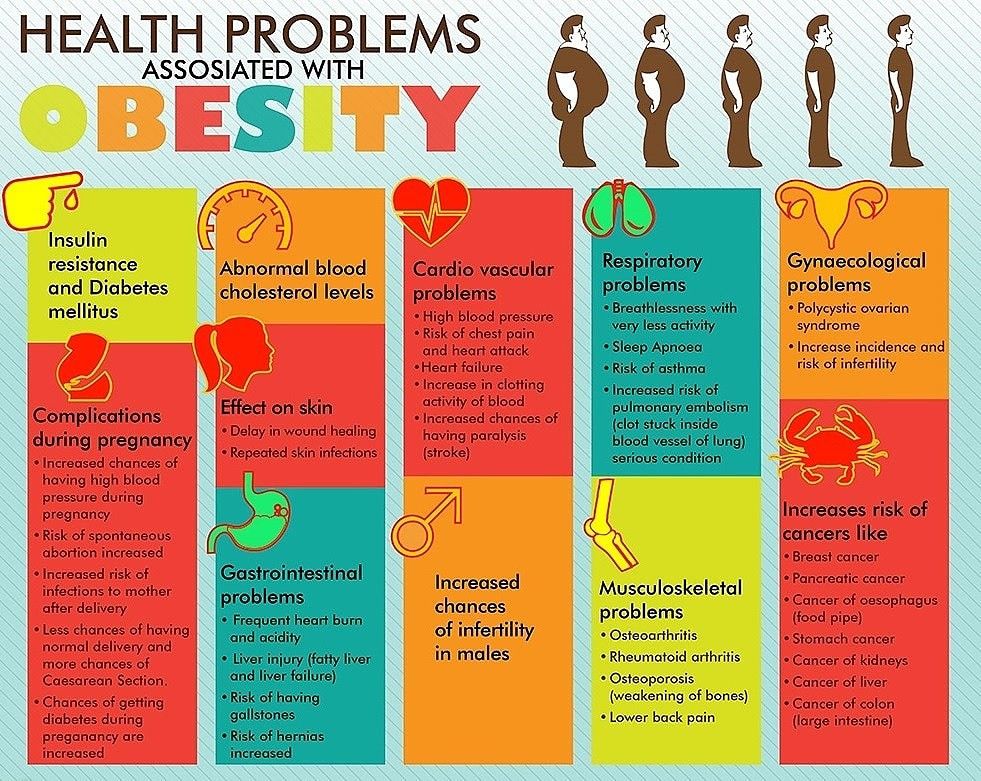 Use a broad-spectrum sunblock (a formula that protects against both UVA and UVB rays) with SPF 30 or higher every day, even when it's not sunny, and reapply often during the day if you're outside. This is true even if you have dark skin. Although dark skin has more melanin (pigment) than lighter skin and doesn't sunburn as quickly, it's not enough to protect you from harmful UV radiation.
Use a broad-spectrum sunblock (a formula that protects against both UVA and UVB rays) with SPF 30 or higher every day, even when it's not sunny, and reapply often during the day if you're outside. This is true even if you have dark skin. Although dark skin has more melanin (pigment) than lighter skin and doesn't sunburn as quickly, it's not enough to protect you from harmful UV radiation.Even if you don't plan to leave the house or spend much time outside, it's a good idea to apply sun protection as part of your morning routine. The American Academy of Dermatology cautions that your skin is exposed to a significant amount of UV light whenever you walk down the street, ride in a car, or even sit inside near a window.
When you're outside, wear a wide-brimmed hat as well as a long-sleeved shirt if you have pigmentation changes on your arms. Limit the time you spend in the sun, especially between 10 a.m. and 2 p.m. And definitely avoid tanning salons.
- Don't wax.
 Using wax to remove hair can cause skin inflammation that worsens melasma, especially in areas of your body that are affected by pigmentation changes.
Using wax to remove hair can cause skin inflammation that worsens melasma, especially in areas of your body that are affected by pigmentation changes. - Use hypoallergenic skin care products. Cleansers and face creams that irritate your skin may make melasma worse.
- Apply concealer. If the darkened spots bother you, cover them up by using makeup for now. Concealer with white and yellow undertones often helps, but consult the makeup salespeople at your local store to find the right product for your skin type. You can also seek the advice of a board-certified dermatologist. Don't use skin-bleaching products while you're pregnant, and talk to your doctor before starting them if you are breastfeeding.
Advertisement | page continues below
Will I still have melasma after my pregnancy?
Melasma usually fades without treatment after you have your baby. The darkened spots probably will fade within a year after delivery, and your skin should return to its normal shade, although sometimes the changes never completely disappear.
For some women, contraceptives containing estrogen (such as the Pill, the patch, and the vaginal ring) can also contribute to melasma. If the skin changes are bothersome, consider another birth control option.
If your skin is still blotchy a few months after giving birth and it's bothering you, talk to your healthcare provider or a dermatologist about treatment options for melasma. She may suggest using a bleaching cream that contains hydroquinone (and possibly sunscreen), a topical medication that contains tretinoin (Retin-A), or a chemical peel such as azelaic acid.
If you're breastfeeding or plan to get pregnant again soon, let your provider know and check with her before using any over-the-counter treatments.
Don't expect instant results – it may take many months to see improvement. If other treatments haven't helped, a dermatologist can lighten dark spots with laser treatments, but that's not the first option.
In any case, continue to protect your skin from the sun by using sunscreen every day, wearing protective clothing, and staying out of the sun during peak hours.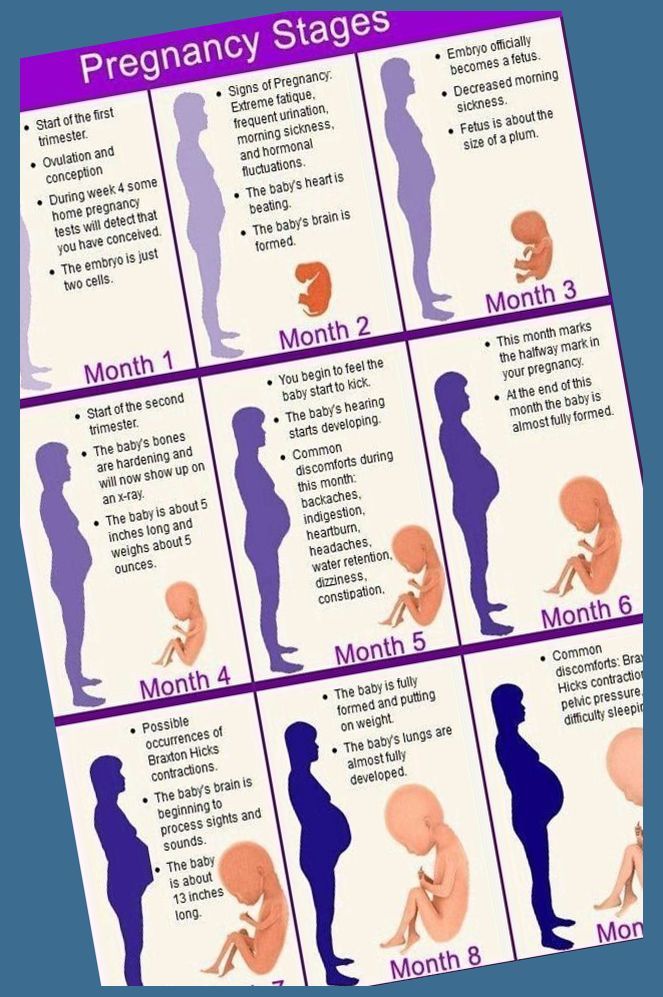
Certain types of skin discoloration can be a symptom of skin cancer or other medical problems.
Call your provider if you have changes in skin pigmentation as well as pain, tenderness, redness, or bleeding, or if you notice any changes in the color, shape, or size of a mole.
You may be referred to a dermatologist for a diagnosis and appropriate treatment.
Wondering what skin care products are safe and which to avoid while pregnant? Check out our article on safe skin care during pregnancy.
Learn more:
- Acne during pregnancy
- Hair and nail changes during pregnancy
- Varicose veins during pregnancy
Was this article helpful?
Yes
No
Changes in the skin during pregnancy - St. Petersburg State Budgetary Institution of Healthcare "Dermatovenerological Dispensary No. 4"
During pregnancy, the female body is constantly changing.
What physiological skin changes occur during pregnancy?
During pregnancy, under the influence of hormones, the skin around the nipples, in the genital area becomes darker and a dark line (Linea nigra) appears in the middle of the abdomen.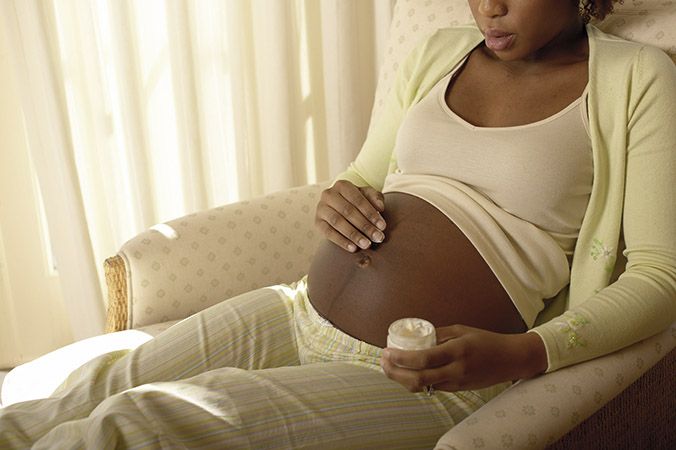
During the period of intrauterine development of the fetus, due to the tension of the skin, lilac and pink stripes (lines), the so-called striae, may appear.
Some women develop pigment spots on the face (melasma).
Could these phenomena be temporary? Can they be treated?
Some physiological phenomena may resolve spontaneously after delivery (such as pigmentation around the nipples and a dark line on the abdomen). Others persist, although not so pronounced, for a long time (styria). Age spots can be eliminated with special whitening creams. Unfortunately, creams against the appearance of stretch marks practically do not work. There are various techniques that reduce optically visible stretch marks that can be used after childbirth (laser resurfacing, mesotherapy procedures, plasma lifting procedures).
During pregnancy, there may be some diseases that are observed only in this physiological state of the woman and usually resolve after childbirth.
polymorphic dermatitis of pregnancy.
This pruritic dermatosis develops according to various sources in 1 out of 300 pregnant women.
The rash usually begins with striae in the abdomen and may spread to other parts of the body.
This condition is not harmful to the fetus and usually resolves completely by 6 weeks postpartum.
It is extremely rare for this dermatitis to develop after the baby is born, but it resolves completely after 6 weeks.
Bullous pemphigoid of pregnancy - BPB (pregnancy herpes) - a rare autoimmune disease with the formation of blisters on the skin, observed during pregnancy and in the postpartum period. In some sources, this disease is usually described under the term "pregnancy herpes", although it has nothing to do with herpes infection. As a rule, it begins with the appearance of small bubbles in the navel area with further spread to other parts of the body.
There is no evidence for the development of a serious risk for the newborn, although skin lesions in newborns in the form of a transient urticarial and vesicular rash are noted in 5-10%, which spontaneously disappears within 3 weeks.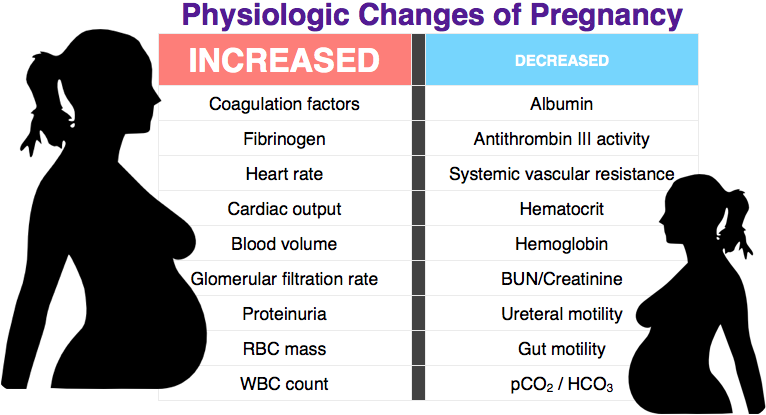
These diseases are successfully treated. The doctor selects therapy according to the standards and prescribes drugs with minimal risk to the mother and fetus.
There is also diffuse hair loss during and after pregnancy - Telogen effluvium (telogen effluvium), which usually lasts from 3 to 12 months after childbirth and resolves on its own without any treatment. Such hair loss after the birth of a child is normal and according to the European Association of Dermatology, treatment with special shampoos or other preparations during this period is not effective.
It is very important to tell the doctor about any changes in the skin during pregnancy and not to self-medicate, because in addition to the usual and expected changes in the skin during pregnancy, a rash can be a manifestation of dangerous diseases for mother and child (syphilis, rubella, chickenpox , genital, herpes simplex and herpes zoster).
Khramtsova Yu.S.
How the skin changes during pregnancy
Gynecology
During pregnancy, every woman observes changes not only in her figure, but also in the condition of her skin.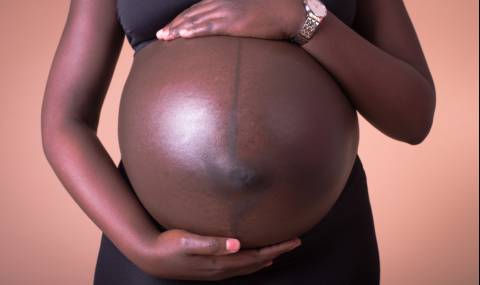 This is a normal process for this period in life. It is provoked by hormonal changes that occur in a woman's body. But if the resulting rash, abscesses or inflammation do not go away for more than two or three days, you should consult a doctor.
This is a normal process for this period in life. It is provoked by hormonal changes that occur in a woman's body. But if the resulting rash, abscesses or inflammation do not go away for more than two or three days, you should consult a doctor.
The main changes to which the skin is subject during pregnancy are manifested in the form of a decrease in its elasticity, it becomes less durable. As a result of the active growth of the tummy, in which the baby is located, the skin increases in size, its layers are torn. This contributes to the appearance of stretch marks or striae. They do not occur throughout the body, but in certain areas of it. The areas of the abdomen, thighs, buttocks, and chest are especially susceptible to this.
After childbirth, if the skin has low elasticity, then they tend to remain for life. To avoid them, the expectant mother needs to pay special attention to caring for her. To do this, you can regularly use special creams and oils for pregnant women that nourish and moisturize the skin. They will help her survive the increase in size without consequences. For the health of the baby and the general condition of the woman, they do not have side effects. During pregnancy, the skin becomes thin and transparent, and therefore more vulnerable to external influences. In the wind, it dries and weathers faster. Dry skin leads to flaking. There is also an increase in sensitivity. This contributes to the appearance of irritations and allergic reactions. Another common change in the condition of the skin is the process of increasing pigmentation. It manifests itself in the form of darkening of some of its zones and ugly spots. Under the influence of hormones, there is an increased work of skin cells, namely melanocytes. This is especially true for brunettes and swarthy women. There are no methods to deal with this process. The only good news is that after the baby is born, the skin will begin to return to its original state. During pregnancy, the skin of the face also changes. Spots appear on it, which are also called the “pregnant mask”.
They will help her survive the increase in size without consequences. For the health of the baby and the general condition of the woman, they do not have side effects. During pregnancy, the skin becomes thin and transparent, and therefore more vulnerable to external influences. In the wind, it dries and weathers faster. Dry skin leads to flaking. There is also an increase in sensitivity. This contributes to the appearance of irritations and allergic reactions. Another common change in the condition of the skin is the process of increasing pigmentation. It manifests itself in the form of darkening of some of its zones and ugly spots. Under the influence of hormones, there is an increased work of skin cells, namely melanocytes. This is especially true for brunettes and swarthy women. There are no methods to deal with this process. The only good news is that after the baby is born, the skin will begin to return to its original state. During pregnancy, the skin of the face also changes. Spots appear on it, which are also called the “pregnant mask”.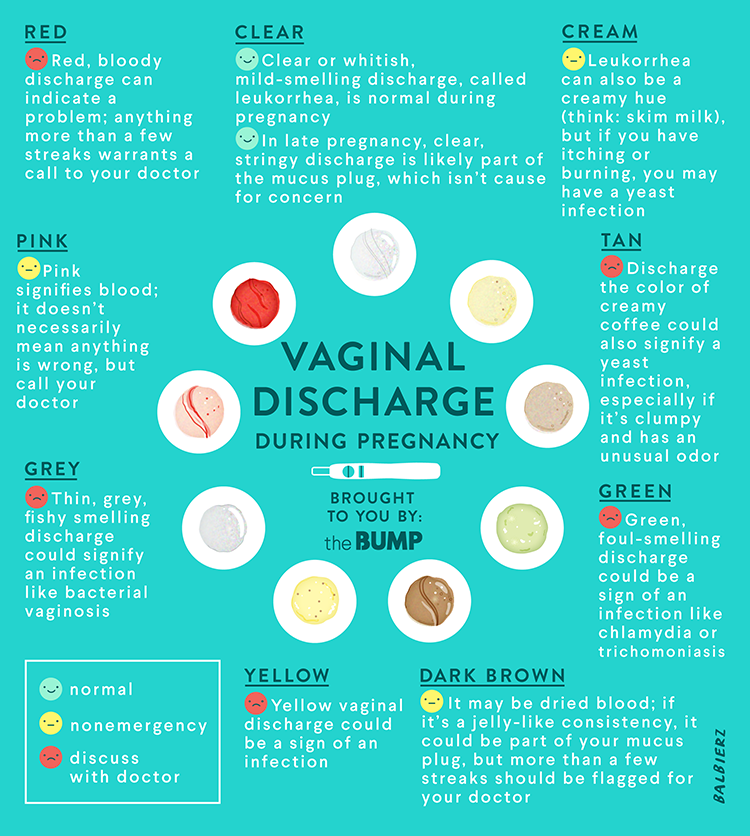 They are yellow or beige in the forehead, temples, cheekbones, around the mouth. They are located symmetrically on both sides of the face. The main factor that contributes to their appearance is the direct action of sunlight.
They are yellow or beige in the forehead, temples, cheekbones, around the mouth. They are located symmetrically on both sides of the face. The main factor that contributes to their appearance is the direct action of sunlight.
Therefore, in order to preserve the natural complexion, it is better to be less influenced by them. Also, effective results are brought by the use of various sunscreens or other products that are specially designed for pregnant women. They are hypoallergenic and do not contain alcohol. Decorative cosmetics, such as foundation, powder, will help hide spots for a while. After childbirth, over time, they disappear in almost every woman and do not leave any trace on the skin. Many skin changes during pregnancy are associated with the gender of the baby. So, for example, the appearance of spots indicates the birth of a girl. But this is only a hypothesis, which in practice is not always confirmed.
Other articles on this topic
Vacuum extraction of the fetus
The natural course of the birth process and the independent birth of the baby into the world is an ideal way of childbirth.